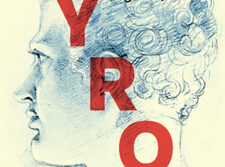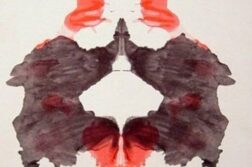FAN FICTION, in its simplest definition, is fiction written by the fans of any popular narrative, be it a novel, a TV series, or a film. While private fan fiction may be as old as fiction itself, its origins as a genre for public (albeit esoteric) circulation can be traced back to the start of fan magazines or “fanzines” in the 1970’s. With the advent of the Internet, the genre has suddenly become available to a mass readership, and this has alerted more people to the phenomenon and to its possibilities than a fanzine could ever hope to do. The amount of fan fiction is growing, as is the number of fan writers. The fan writer’s intention is frequently not so much to provide an homage to the fictional universe in question as to rewrite and reinterpret events in the story to suit the desires of the writer. For example, the relationships between characters are often altered or made more sexually explicit; the most popular theme of fan fiction is romance.






